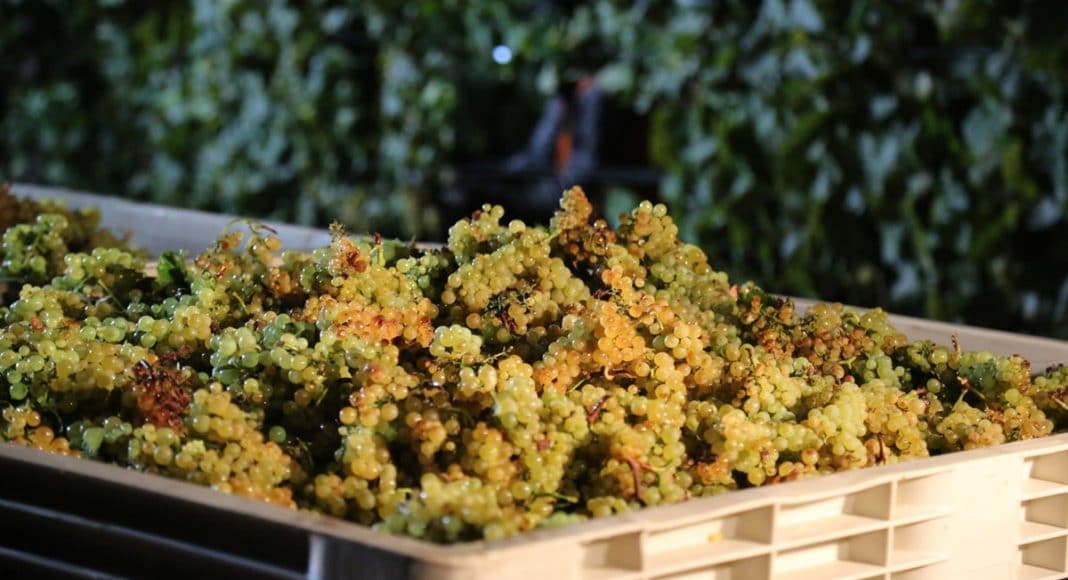I’m not sure exactly when it became trendy to not like Chardonnay, but let me be the first to tell you, that’s some serious bullshit. It might have gotten a bad rap at the hands of some oak-crazed winemakers, but the best thing about Chardonnay is that it’s the shapeshifter of the white wine world, capable of a vast array of different styles, many of which are delicious and some of which are considered among the finest wines in the world.
-
RELATED STORY: Here Are The Coolest Tech-Savvy Wine Gadgets Of 2017
It’s impossible to talk about Chardonnay without starting in France — the homeland of the grape — and within France, the region we’re mostly dealing with is Burgundy. For simplicity’s sake, let’s talk about it in three parts: Chablis, the Cote d’Or, and the Macon. If you like your Chardonnay crisp and so minerally that you sometimes feel like you’re straight drinking limestone, Chablis is the place for you. If you like slightly riper Chardonnay that often is aged in oak, the Cote d’Or might be more your speed, though be warned, those wines get expensive really quick. If value is what you’re after, wines from the Macon are a great alternative, and they can run the stylistic gamut from light and crisp to weighty and powerful.
-
RELATED STORY: The First Wine & Weed Symposium Debuts This Summer
However, Chardonnay has, at this point, spread to almost every wine-growing country in the world, and there are many dynamic and interesting expressions of the grape. Talking about even a few of them would quickly take this piece to “long-read” status, so let’s instead discuss a few different styles and a few examples thereof.

Grown in warm regions, Chardonnay can take on flavors of tropical fruits like pineapple, banana, and starfruit, along with developing a relatively high level of alcohol. This richer style tends to be counterbalanced with generous applications of oak: new barrels when the wine is expensive, oak chips and other additives when the wine is pitched at a lower price point. This is the classic style of much Napa Valley Chardonnay, as well as a good deal of what’s made in other New World locales like Australia, South Africa, and Argentina. The best examples can be quite complex and intriguing, but they easily can come across as flabby and uninteresting if not well-made.
-
RELATED STORY: 13 Tasting Rooms That Are Already Drunk
If you grow Chardonnay in a relatively cool region, the resultant wine tends towards more citrusy and apple-y flavors and a heightened sense of minerality. These might see some time in barrel, but that’s rarely going to be new wood, as a more substantial application would overwhelm the more delicate structure of the wine. Outside of France, you’ll see this style in northern Italy, Chile, cooler parts of California like the Sonoma Coast, and much of the Pacific Northwest.
That said, those broad geographic generalizations are just that: generalizations. As such, you can certainly find counter-examples in all those regions and more. Yet given the incredibly broad range of Chardonnay on the market these days, and how exceptional some of those wines are, don’t for a moment longer believe that you don’t like Chardonnay; you just haven’t tried the right one yet.
MORE RELATED STORIES
[soliloquy id=”27344″]


